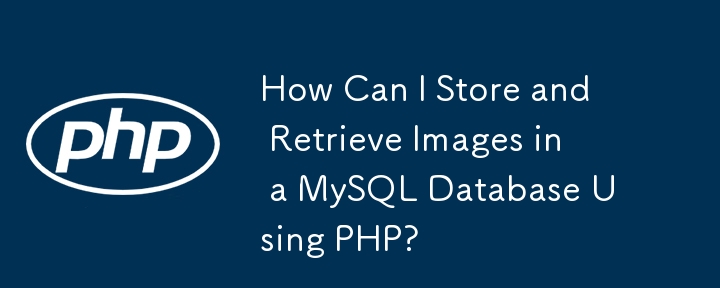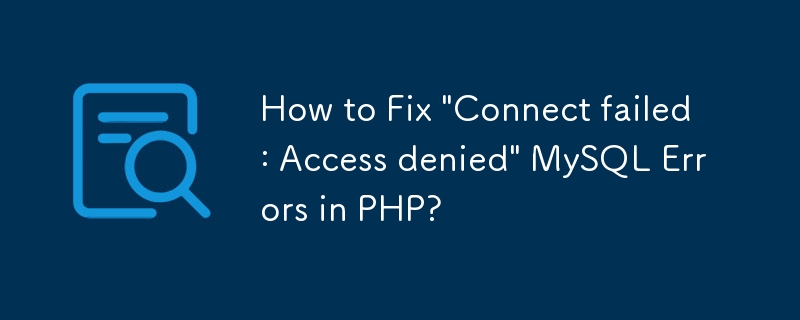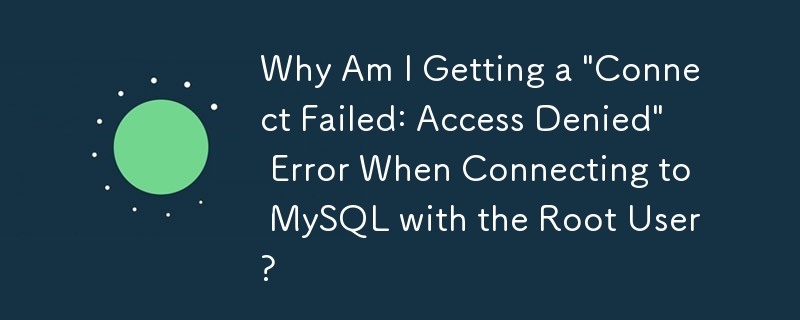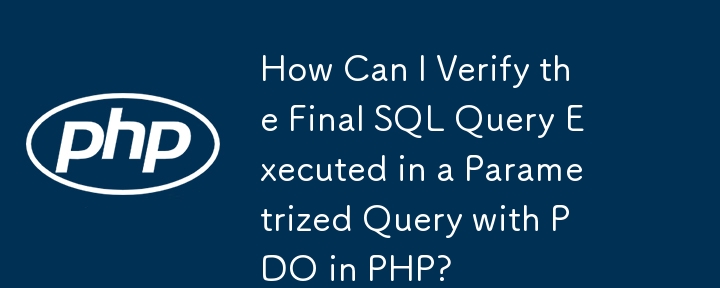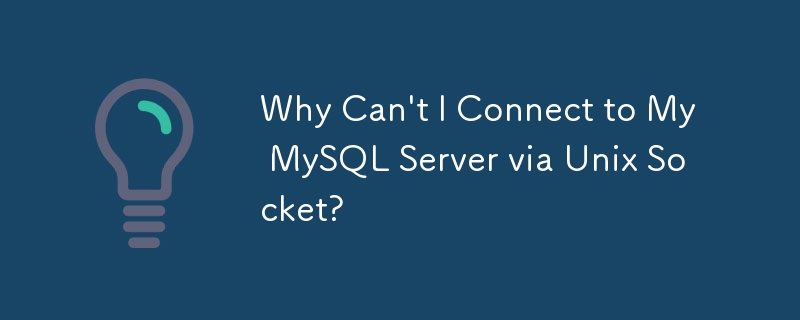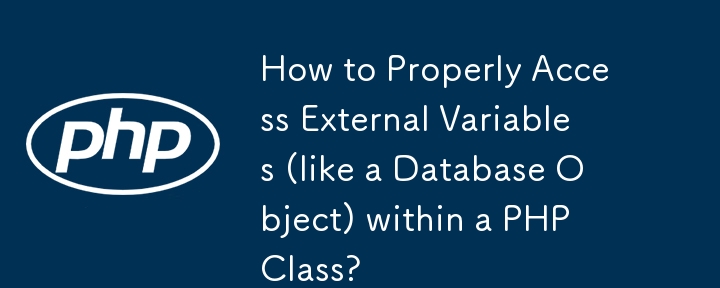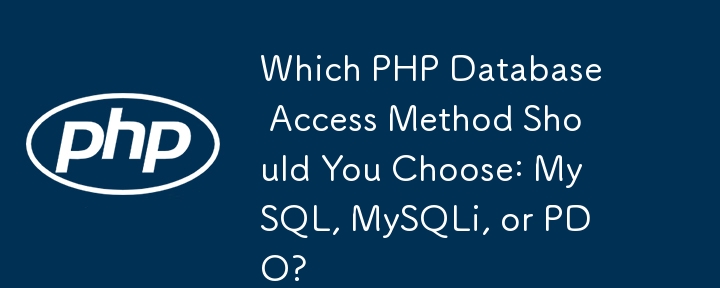Found a total of 10000 related content

Object-Oriented PHP Syntax: Classes, Objects, and Methods
Article Introduction:Classes and objects in PHP realize code organization and reuse through encapsulation, methods and access control. Define the class to use the class keyword, which contains attributes and methods, such as classCar{private$color; publicfunctionsetColor($newColor){$this->color=$newColor;}}; create objects to use the new keyword, such as $myCar=newCar(); access attributes and methods through the -> operator; public, protected, and private control access permissions to implement data encapsulation; the constructor __construct() is used for initialization
2025-07-16
comment 0
233


When and How to Leverage PHP Connection Pooling with MySQL?
Article Introduction:This article introduces the concept of connection pooling for optimizing MySQL database access in PHP using mysqli_pconnect(). It explains the advantages of persistent connections, including reduced overhead, improved performance, and decreased serve
2024-10-24
comment 0
929
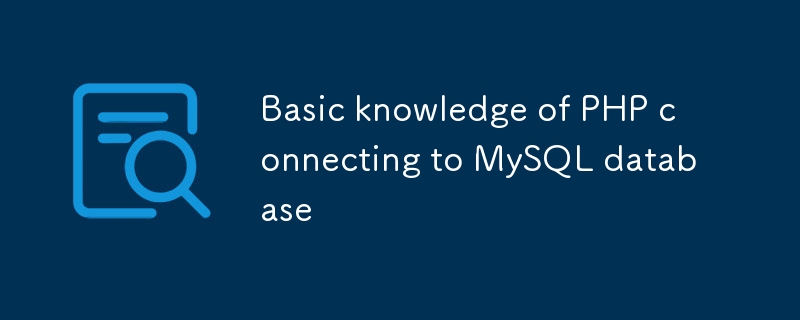
Basic knowledge of PHP connecting to MySQL database
Article Introduction:This article explains connecting PHP to MySQL databases using MySQLi and PDO. It details establishing connections, troubleshooting common errors (e.g., access denied, unknown database), and implementing crucial security best practices like using str
2025-03-04
comment 0
696
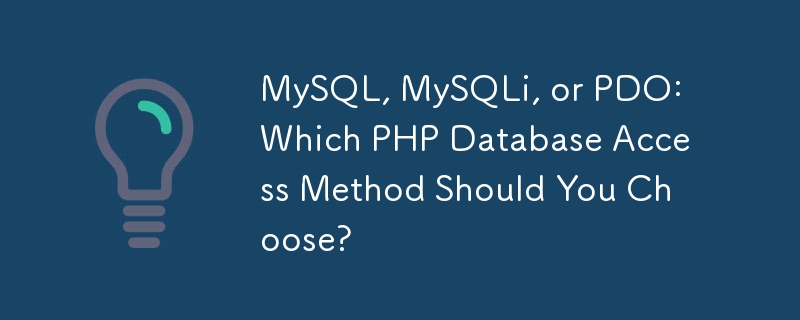

How do I access object properties and methods in PHP?
Article Introduction:To access object properties and methods in PHP, use the -> operator. If the properties or methods are private, they need to be obtained through public methods. The details are as follows: 1. After creating the object, use $object->property or $object->method() to access public properties and methods; 2. Private or protected members need to be accessed indirectly through public methods such as getter/setter; 3. Static properties and methods are directly accessed through class name::. Mastering these rules can effectively avoid misuse of operators and implement encapsulation and control of data.
2025-06-28
comment 0
280
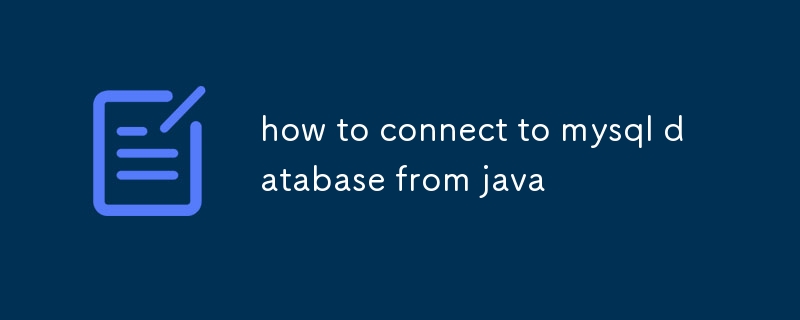
how to connect to mysql database from java
Article Introduction:To connect a Java program to a MySQL database, you need to prepare dependencies, load drivers, and establish connections. 1. Add MySQL driver dependencies. The Maven project introduces mysql-connector-java in pom.xml. The jar package is manually added to non-Maven projects; 2. explicitly load the JDBC driver class and use Class.forName("com.mysql.cj.jdbc.Driver") to ensure compatibility; 3. Correctly configure the URL, username and password when establishing a connection, pay attention to the database address, port, time zone and SSL settings; if the connection fails, check the MySQL running status, network access permissions, username and password
2025-07-14
comment 0
958

Troubleshooting MySQL Connection String and Driver Issues
Article Introduction:When you cannot connect to the MySQL database, you should first check the connection string format and driver version. 1. Check whether the connection string format is correct. Common errors include port number, database name, parameter symbol errors and driver prefix errors. It is recommended to use the generation tool to verify the format and pay attention to escaping special characters; 2. Ensure that the correct JDBC or database driver is used, different drivers are used in different languages. Pay attention to version compatibility, dependency configuration and driver class name changes, and check the log to confirm whether the driver is loading successfully; 3. Check remote access permissions and firewall settings, including MySQL user permissions, bind-address configuration and server firewall rules, and need to open port 3306 and remote access permissions; 4. Use a simple test program to quickly verify the connection.
2025-07-31
comment 0
884
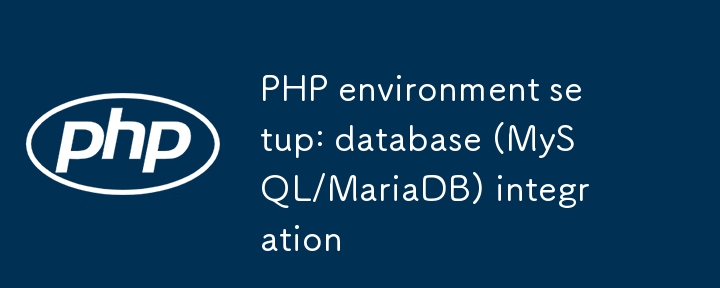
PHP environment setup: database (MySQL/MariaDB) integration
Article Introduction:When building a PHP environment, the key steps for database integration are as follows: 1. Install MySQL or MariaDB and run a secure initialization script to set the root password, etc.; 2. Use PDO or mysqli to extend the connection to the database. It is recommended to enable pdo_mysql and restart the web server; 3. Write a test script to verify whether the connection is successful; 4. Troubleshoot common problems such as service running status, user permissions, remote access configuration, and PHP error logs. Follow these steps and check the details to ensure the database is successfully integrated into the development environment.
2025-06-29
comment 0
417
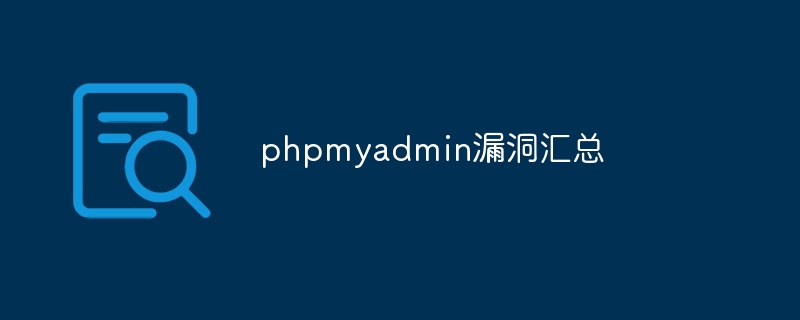
Summary of phpmyadmin vulnerabilities
Article Introduction:The key to PHPMyAdmin security defense strategy is: 1. Use the latest version of PHPMyAdmin and regularly update PHP and MySQL; 2. Strictly control access rights, use .htaccess or web server access control; 3. Enable strong password and two-factor authentication; 4. Back up the database regularly; 5. Carefully check the configuration files to avoid exposing sensitive information; 6. Use Web Application Firewall (WAF); 7. Carry out security audits. These measures can effectively reduce the security risks caused by PHPMyAdmin due to improper configuration, over-old version or environmental security risks, and ensure the security of the database.
2025-04-10
comment 0
588
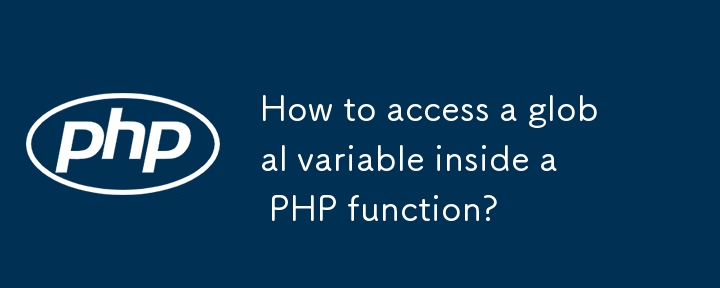
How to access a global variable inside a PHP function?
Article Introduction:To access global variables in PHP, you need to use the global keyword or $GLOBALS array. Use the global keyword to declare global variables in a function, such as: global$var;, which is suitable for situations where there are fewer variables, which have intuitive advantages but are prone to pollution; while the $GLOBALS array is directly accessed through $GLOBALS['var'], without declaration, suitable for multivariables but poor readability. It is recommended to avoid abuse of global variables to reduce maintenance difficulties and pay attention to naming conflicts. It is recommended to replace them with parameter passing or class encapsulation.
2025-07-15
comment 0
341


